|
TEXAS - Galveston Island has been dealing with an onslaught of seaweed that is piled up on beaches leaving mounds of Sargassum several feet high. Every morning before dawn, about three dozen Park Board employees are at work removing the seaweed to make sure that arriving tourists are not blocked from the surf by a wall of seaweed. Workers are using front-end loaders and beach cleaning machines, like the Barber Surf Rakes, to remove the weed from the beach. The massive accumulations are then being trucked and carted off to growing piles of seaweed at the back of the beaches. Local businesses say that the seaweed isn’t impacting tourism, but nevertheless, people are turned off when hit with the unmistakable, pungent odor of the Sargassum piles. It’s actually not the seaweed, but the dead and decaying small fish and other organisms within the seaweed that produces the rank smell.
The Sargassum seaweed is an algae that grows in the Sargasso Sea and is arriving on these beaches after drifting for thousands of miles. Currents return much of the seaweed to the Sargasso Sea, but some drifts into the nutrient-filled waters off the Texas Coast where it thrives and grows. This problem isn't unique to Galveston. It is a nuisance in Port Aransas, South Padre, Corpus Christi and other Texas coastal cities. Robert Webster, marine science research assistant at Texas A&M University at Galveston, said this year is the biggest onslaught of seaweed he has seen since beginning research in 2003. Webster developed the Sargassum Early Advisory System, which uses satellites to warn Galveston officials of the coming seaweed. This video taken by a drone really shows the enormity of the Sargassum on Surfside Beach, Galveston.
1 Comment
Residents and beach-goers along the coast of Qingdao, China have experienced a massive influx of soft, non-toxic algae known as hutai every summer since 2007. To China State Official’s displeasure, this year’s algae bloom has proven to be the largest yet. It currently covers an area larger than the state of Massachusetts and measures more than double the size of those recorded in previous years, according to the State Oceanic Administration. While algae growth naturally occurs during the summer months due to longer days and strong sunlight, blooms the size of those occurring annually in Qingdao are inexplicable. Though causes for the enormous bloom are uncertain, scientists suggest that the rampant growth of hutai, also known as enteromopha prolifera or “sea-lettuce”, may be connected to pollution in the form of fertilizer run-off from sites such as farms and golf courses. Some researchers also believe that it may derive from the increased presence of seaweed farms growing nori on large coastal rafts to the south of Qingdao. Officials in China have declared this most recent bloom to be a “large scale algae disaster.” While the sea-lettuce is not harmful to humans, it stifles marine life and can begin to produce toxic hydrogen sulfide gas if left to rot in large quantities—not to mention a stinky egg smell. Since the algae began to appear in early June, hundreds of boats and bulldozers have been sent out to clean up the coastline waters. Alongside these endeavors, close to 2,500 individuals have been deployed with nets, pitchforks, and their own construction equipment in order to attempt to keep up with the seemingly constant flood of algae. As the unyielding algae continues to wash up on shore overnight, clean-up efforts persist and Qingdao’s tourism and aquatic farming industries continue to suffer. While the sheer volume of algae that washes up on the beach necessitates removal with large bulldozers and other large-scale equipment, beach cleaning machines can help by removing daily amounts of weed and refining the quality of sand once the algae bloom slows. A consistent cleaning program that employs tine-raking beach cleaners, like the Barber SURF RAKE, can help minimize the lasting effects of similar blooms. Additionally, these beach cleaning machines can completely remove more regular amounts of seaweed that arrive on beaches daily.
References: New York Times Science World Report La Times Huffington Post After Hurricane Sandy ravaged the northeast, many questions have appeared about how to cleanup and restore the beaches that were affected by the hurricane's blast. In many places, like Seaside Heights, NJ (shown bellow), the sand was carried off the beach, covering the streets and houses on shore. While in other communities, like Norwalk, CT, they actually saw their beaches grow as a result of the deposited sand from elsewhere. While the removal of sand from communities like Seaside Heights will be a massive undertaking for heavy machinery, the question of how to clean and replace the sand on the beach remains. Whether there is new sand on the beach or the old sand is being replaced, it will be full of debris and can not be simply put back on the beach, without creating a risk for future beach-goers. Since many beach community's economies depend on well-maintained beaches during the summer months, an aggressive cleanup campaign during the winter and spring seasons is essential.
Consequently, beach cleaning machines can play a substantive role in the hurricane beach cleanup effort. H Barber and Sons has put together a solid general plan for bringing the beaches back to their original safe, graded, and appealing condition. You can find the hurricane beach cleanup guide here. The guide also includes other helpful links and information. Recently, the beaches of Galveston, TX have been flooded with thousands of dead fish. Once these fish stay on the beach for any period of time, the sun causes them to bloat and fill with harmful toxins, which can be released into the air. In addition to being harmful for asthmatics, a beach littered with dead fish is anything but helpful for a beach's popularity and attendance during peak beach seasons. One contractor who routinely cleans beaches in the Houston area, Hernan Botero, has been using his raking beach cleaner, the Barber Surf Rake, to scoop up the dead fish and restore the beaches to their normal state. As you can see from the before/after pictures in the news segment bellow, the beach cleaner gets the job done. Especially in such smelly, and potentially harmful, circumstances, using a beach cleaning machine to remove debris from the sand is the way to go. Over the past several months, Michigan has been a center of beach grooming debate, as its legislature repealed the requirement for beach owners to have permits to clean the top parts of their beach to the tideline using mechanical means. Previously, beach owners needed to apply for a $100 permit and be approved to use any mechanical methods. On July 2, bill 2012 PA 247 was signed into law, allowing beach owners to maintain their beaches as they see fit down to the high-tide line.
With over 3,200 miles of coastline on the Great Lakes, this frees up a considerable amount of beach owners. Opponents of the legislation were concerned about protecting the coastline environment. However only 4 permits were denied since 2007, so the change in cleaning activity is likely not to change drastically, and the marginal profits the 500 issued permits are not likely to be missed by the state. This removal of red-tape, however, has caused quite a stir. How is this recent tryst with policy and politics applicable to the beach cleaning community? Primarily, it highlights a common middle-ground in policy between beach owners and environmental groups. While many beaches would be unusable and unsafe without regular cleaning, ecosystems should be respected when cleaning, as well. Michigan granted additional freedom to clean the top part of the beach while respecting the environmental safety of the beaches by restricting them from cleaning bellow the tideline. Therefore, in addition to granting additional freedom to beach cleaners in Michigan, this bill also reminds the beach cleaning community that beach cleaning is not simply bad or good, but that its benefits can be balanced with the concerns it creates. Sources: http://greatlakesecho.org/2012/06/27/beach-grooming-no-longer-regulated-by-the-state/ http://www.mlive.com/news/bay-city/index.ssf/2012/07/new_beach_grooming_law_changes.html
Apparently beach cleaning equipment now has a new unexpected use: sand skiing. This picture of a Barber SURF RAKE towing a ski-path-forming device surfaced recently, revealing that now you can "cross-cost" ski in a bathing suit!
The Caribbean offers some of the worlds most beautiful beaches and best vacation spots. However, seasonal seaweed and sea grass or a change in the tide can cause catastrophic amounts of seaweed to accumulate on popular resort beaches. On many islands, beach tourism is the backbone of the economy. Therefore, the ability to not only remove vast amounts of seaweed quickly, but also to make the beach look as pristine as it did before the seaweed's arrival, is critical.
Every year, tripadvisor.com announces the Travelers' Choice top ten beach destinations in the United States. For potential vacationers, this is helpful in narrowing the search, but as beach cleaner professionals, this offers a fun chance to lear about how customers like their beaches. 7/10 of the top beaches are cleaned by tine raking beach cleaners. Check out the list here!
|
This blog is managed by H. Barber & Sons. Founded in 1966, Barber is the world leader in beach cleaner production and authority on beach cleaning practices. This site and blog have been compiled to provide information about beach cleaners--their methods of cleaning, importance, and many applications.
Please direct any questions our way using the 'Contact Us' form. Thanks! Archives
June 2014
Categories
All
|
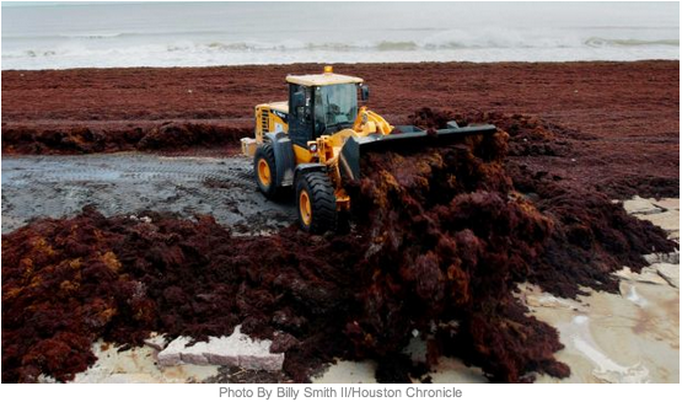
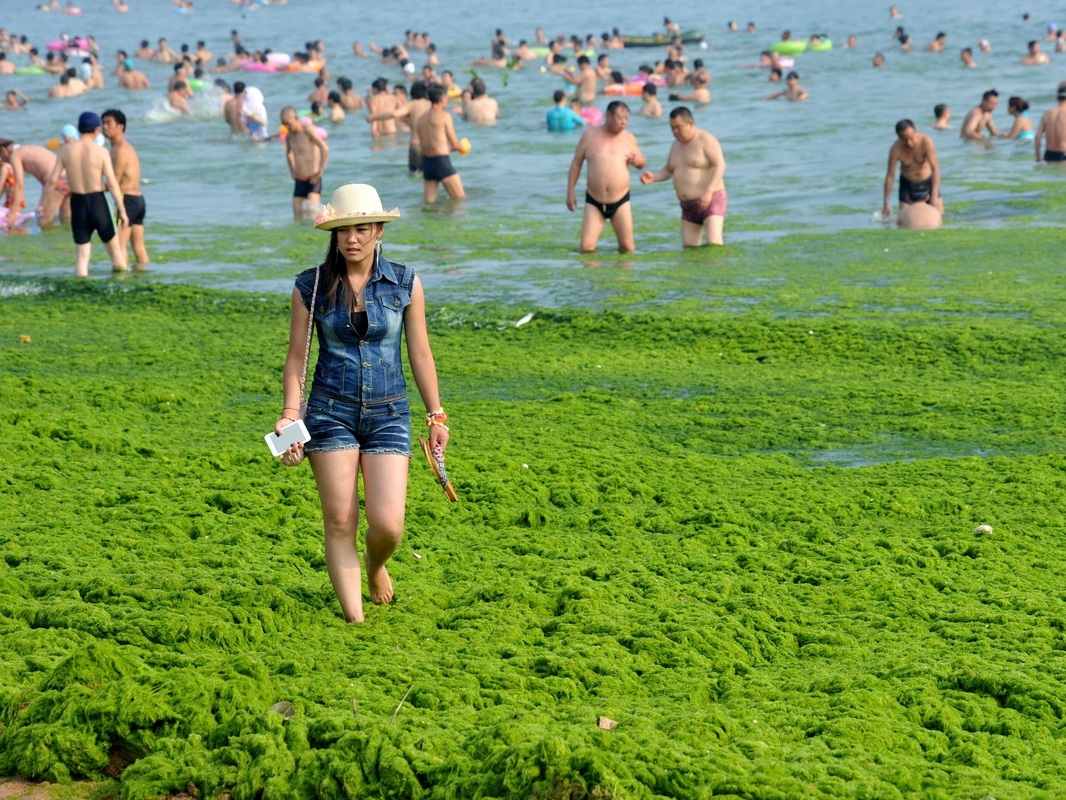
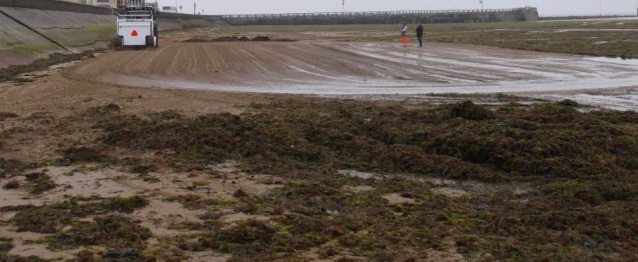
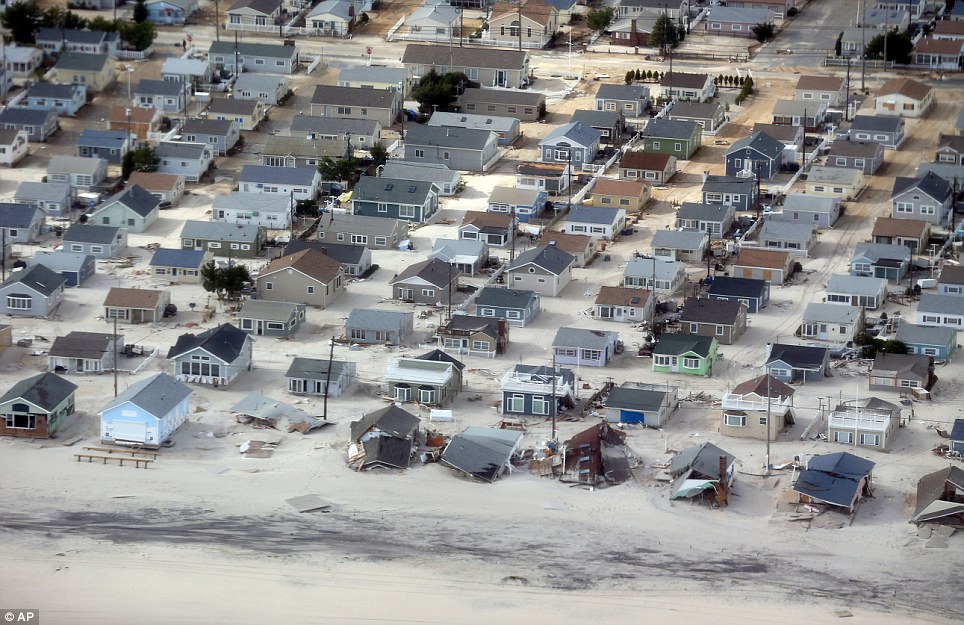
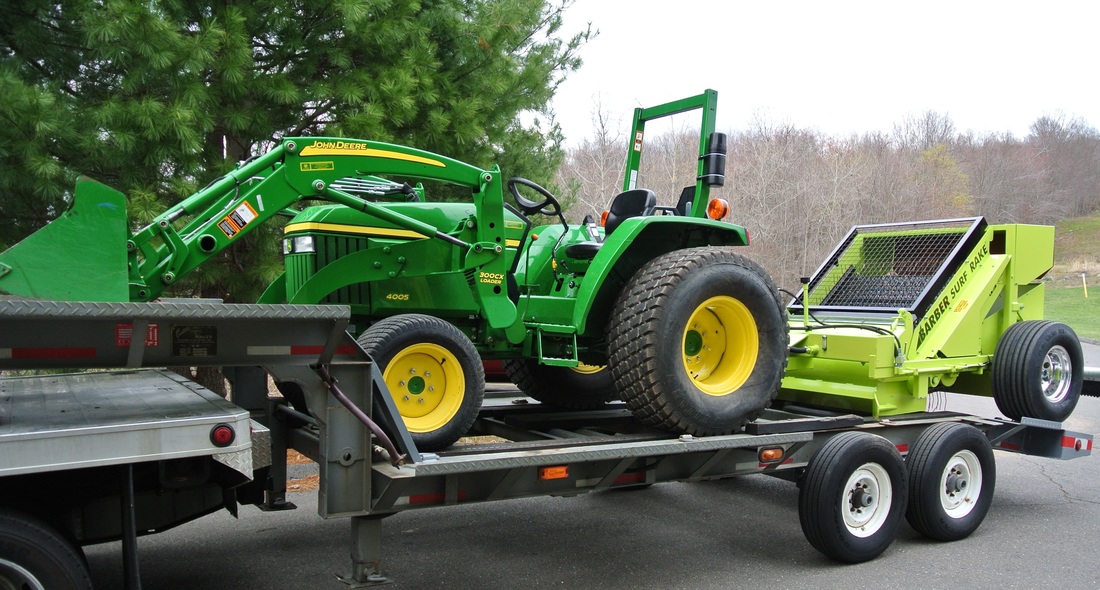
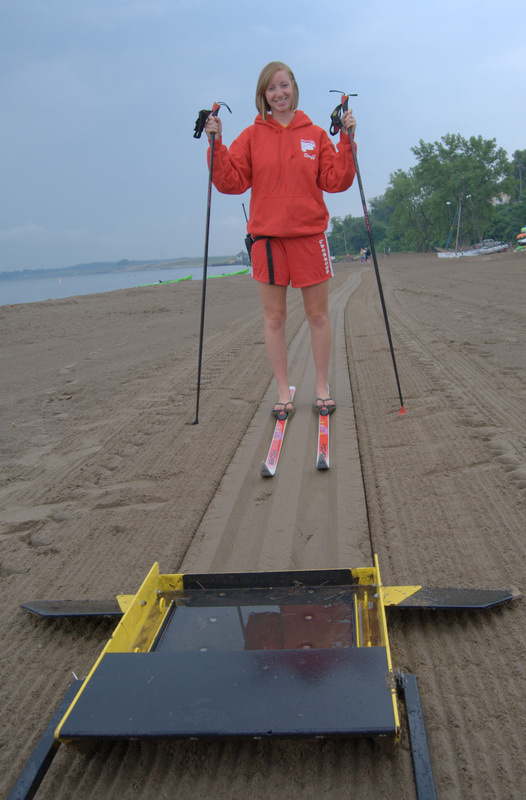
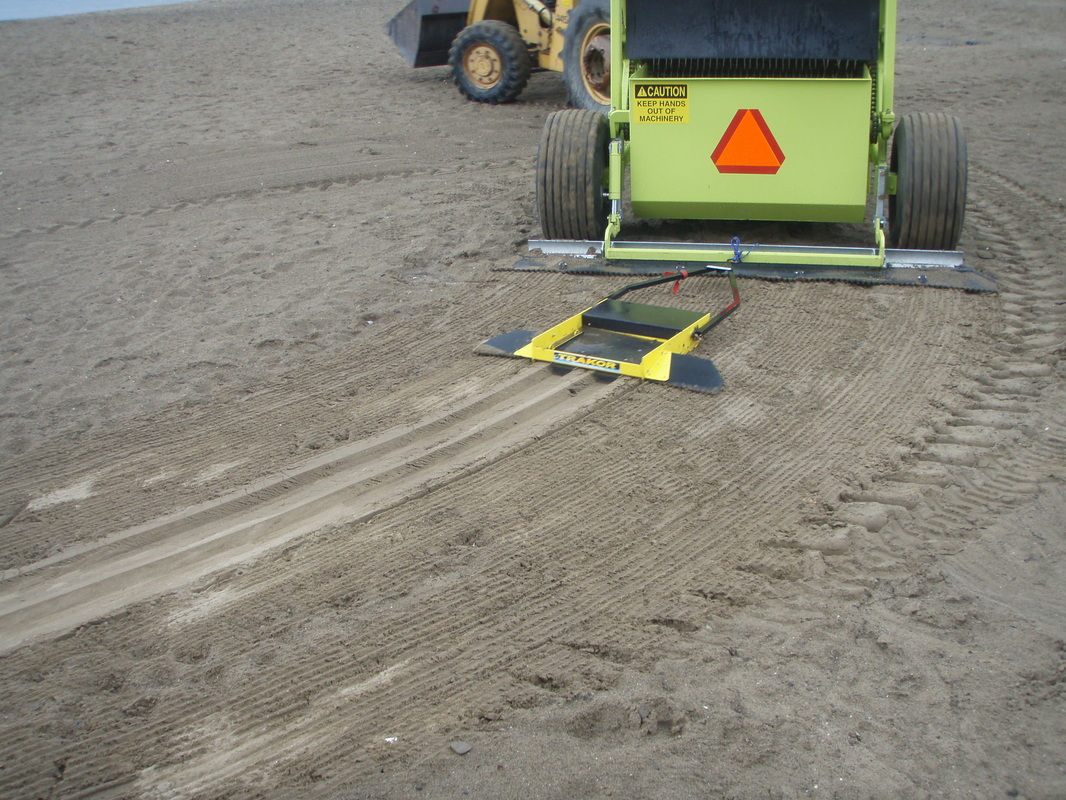
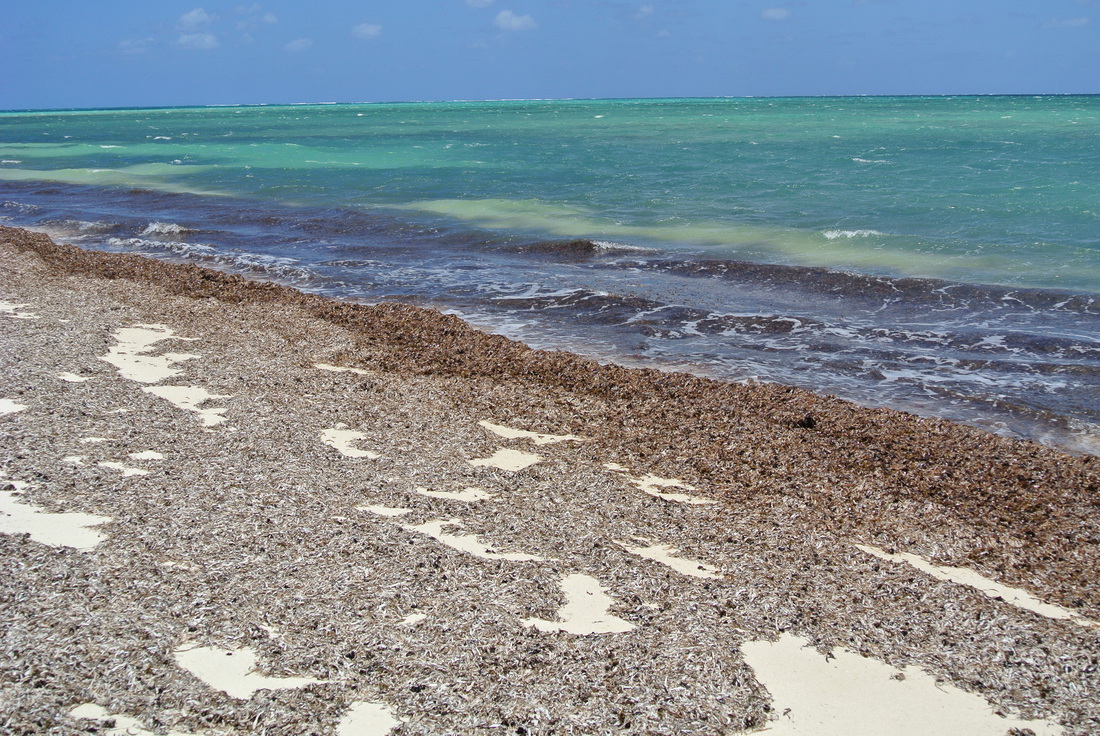
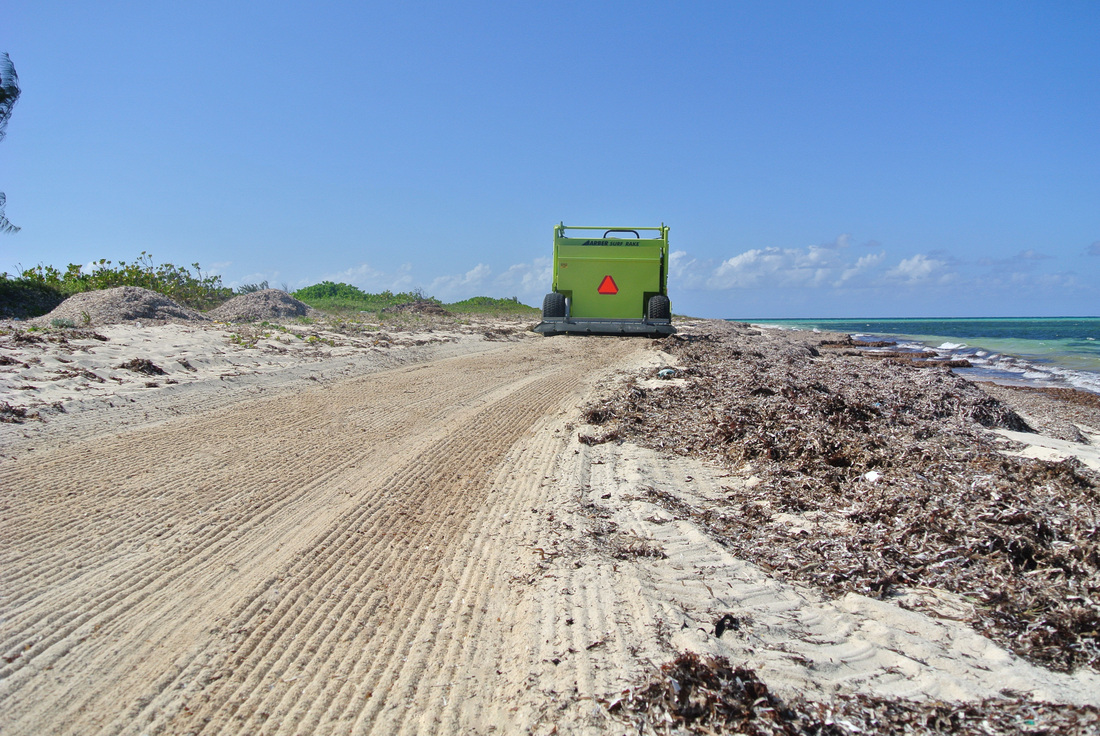
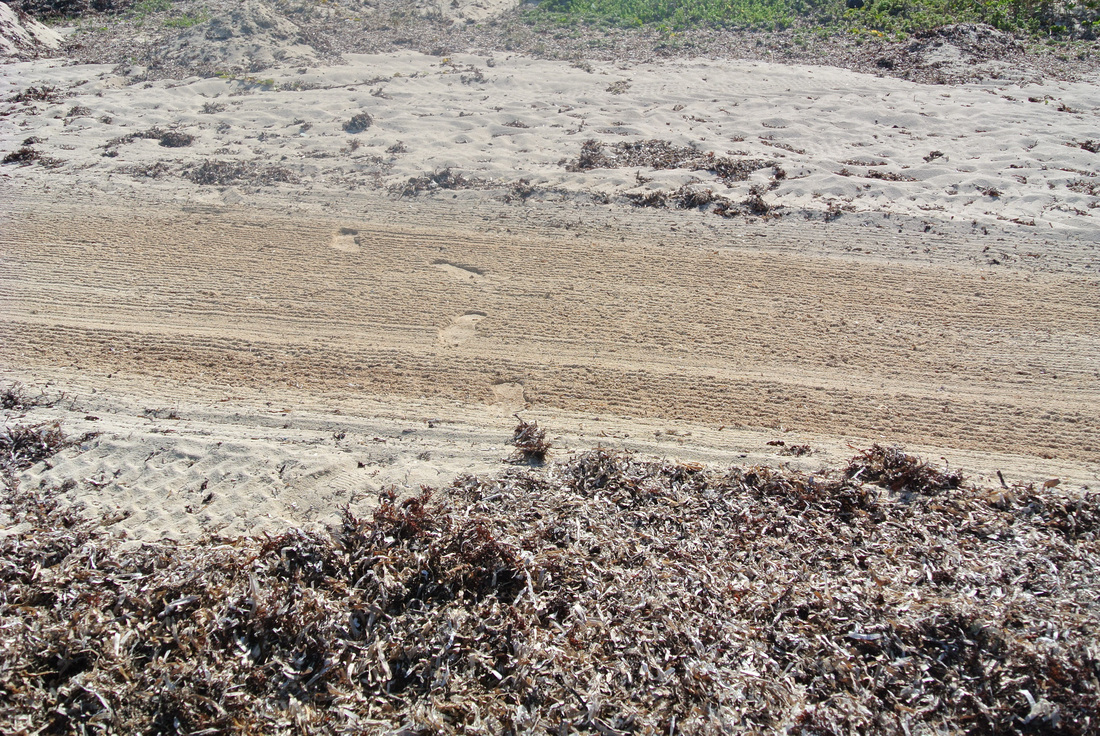
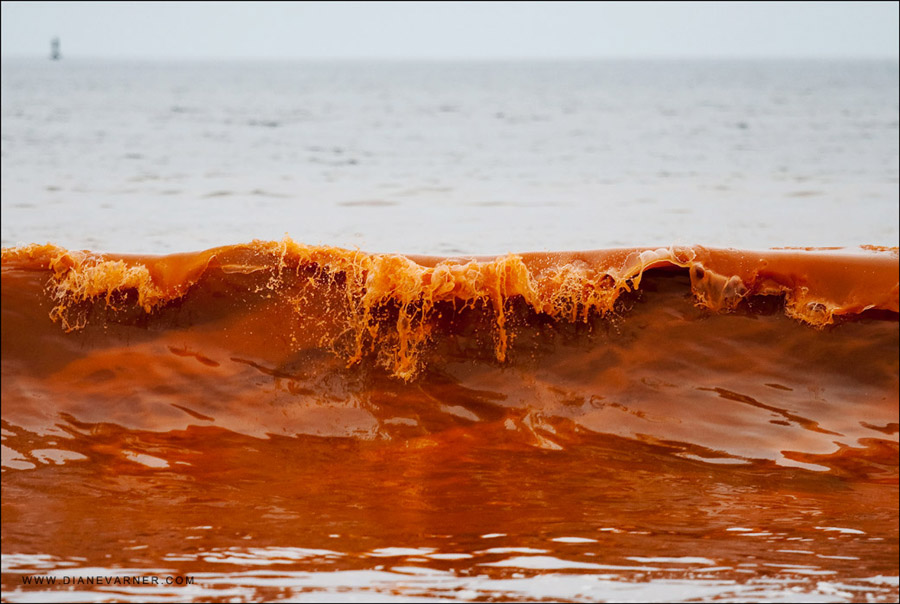
 RSS Feed
RSS Feed
